What is the length of your attention span? Does it depend on how you feel? Does it depend on what time of day it is? Does it depend on what’s going on around you? All of the above? None of the above?
At our Lady-Links training, we discuss the best way to communicate with our dear friends who have dementia, including how to watch for signs that they are losing interest in what we’re doing. We assess body language and facial expressions throughout our visits.
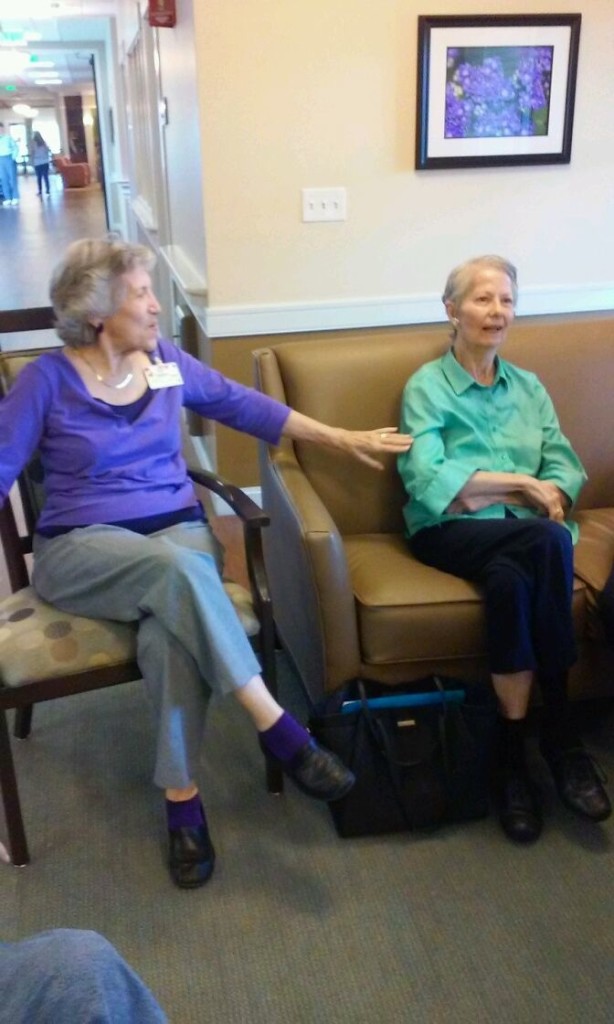
When we see that our dear friend is not engaging, we make changes. We can change the topic of conversation, the activity, and the seating arrangement. We are flexible enough to know that just because we start doing something one way, it doesn’t have to finish that way. In fact, it doesn’t have to finish at all. We look at the process, not the end product. We realize that our dear friends need one-step instructions and we model the desired behavior without reducing the relationship to that of teacher to a student.
We are friends visiting friends, and we build bridges based on our common interests and what our dear friends enjoyed before they got their diagnosis. One of our main considerations is that our dear friend feels involved, purposeful and useful, and that she is enjoying the activity.
Sometimes just a slight modification to the activity is all that is needed. At other times, we get up, move away from the previous activity and begin a new one. At other times, there are too many distractions within eyesight, so we simplify what we’re doing and remove any unnecessary items.
It’s all about helping our dear friends feel appreciated and valued as a friend, and understanding how to make changes based on attention span is a valuable tool in helping create a successful visit.
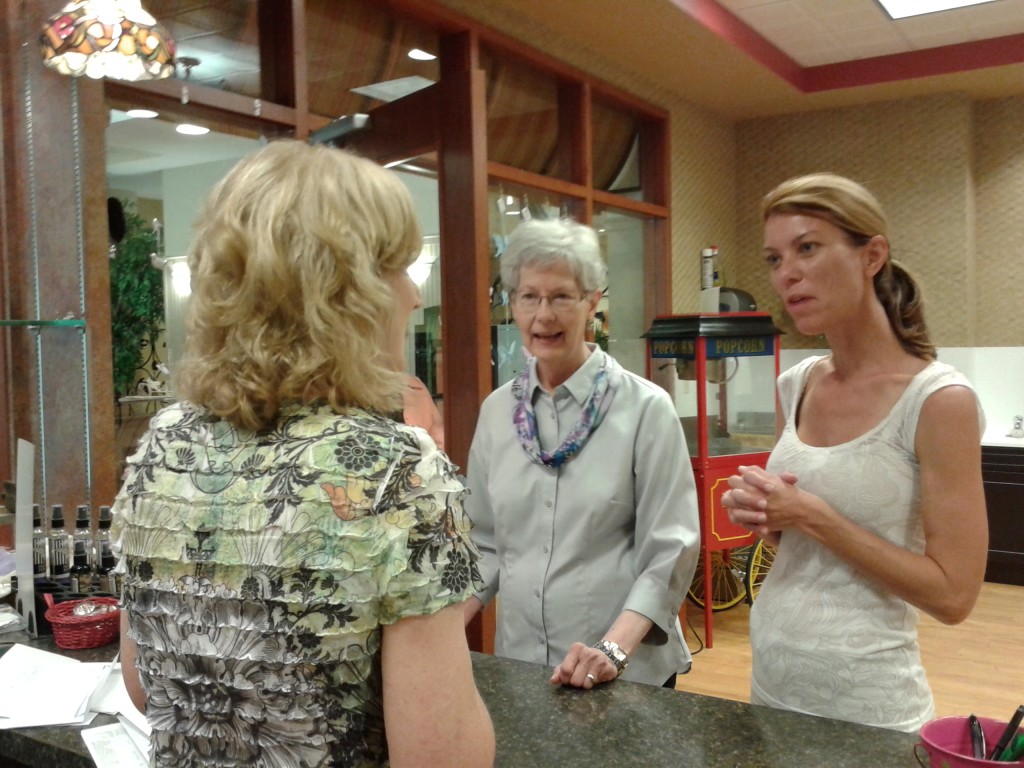
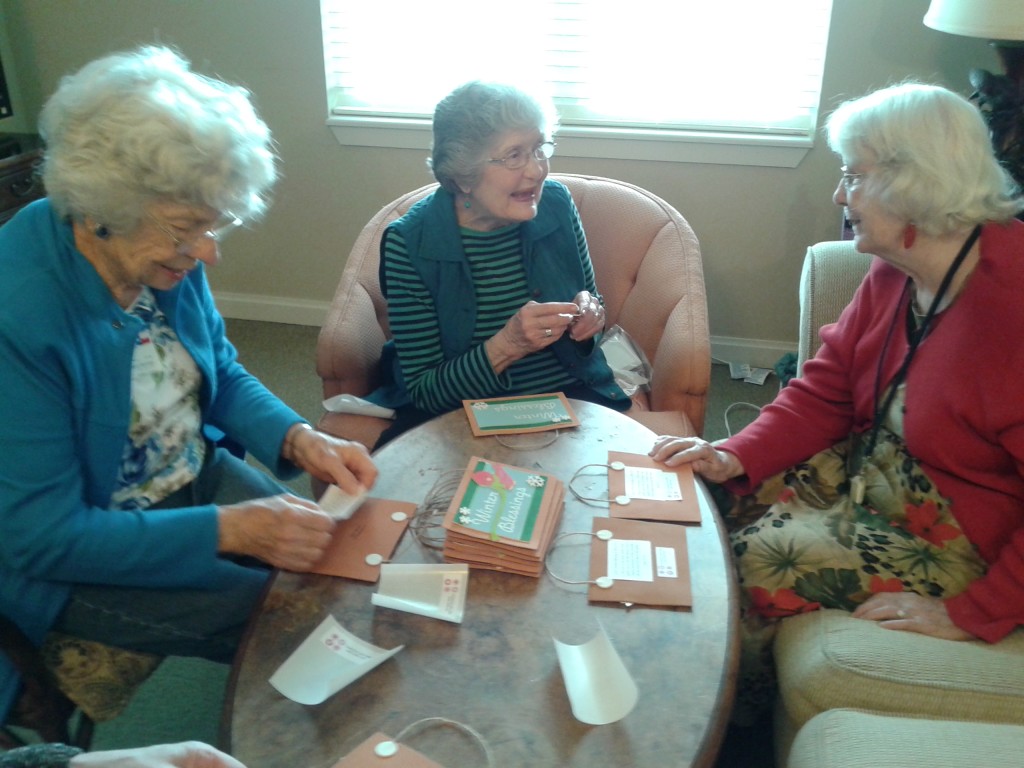

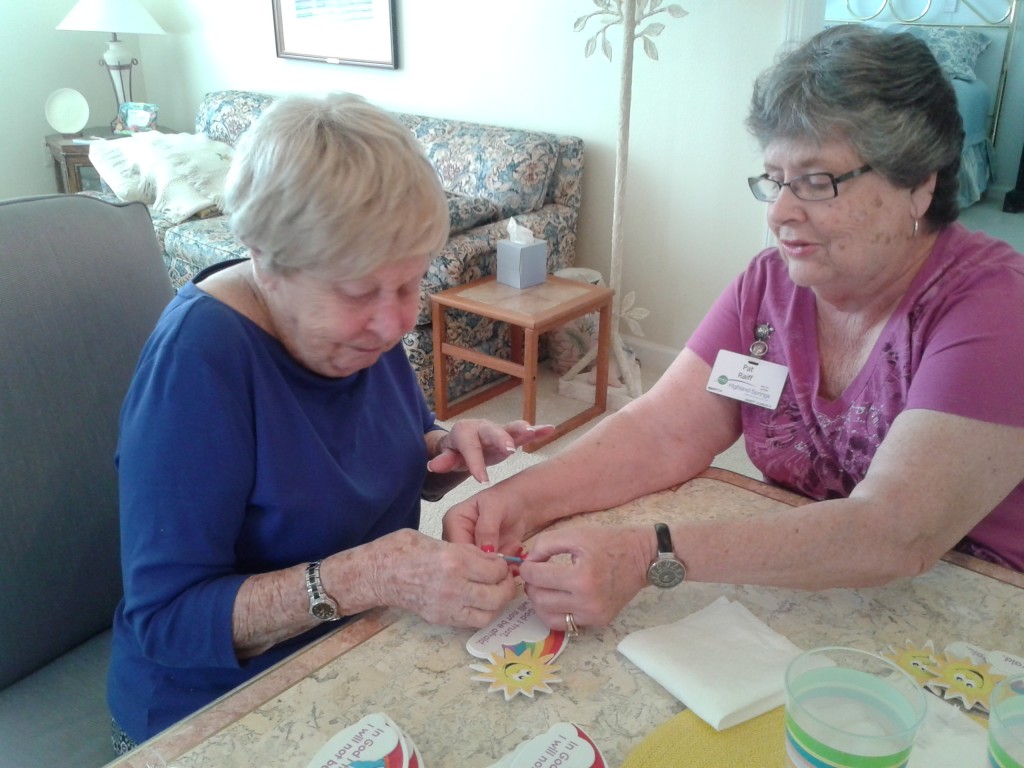
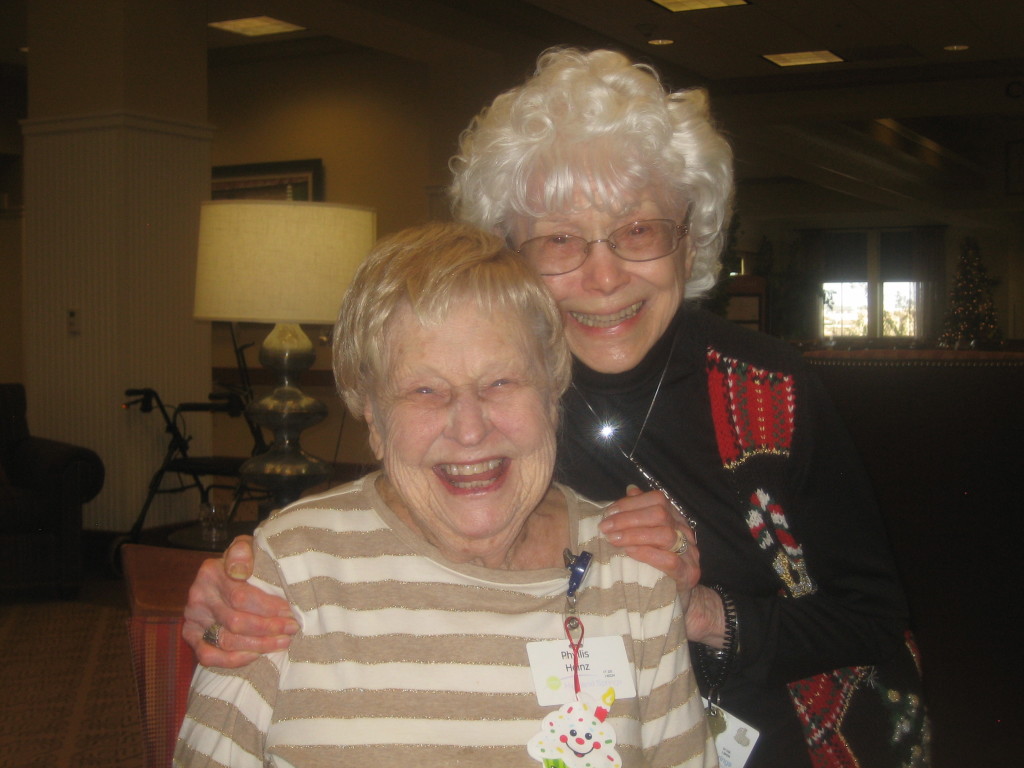
Speak Your Mind